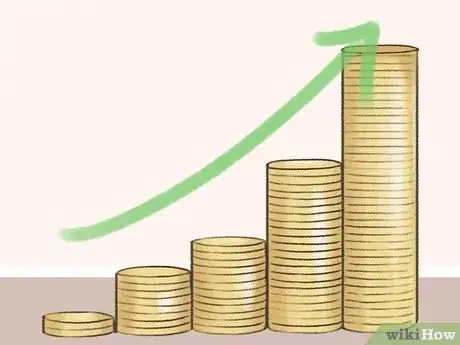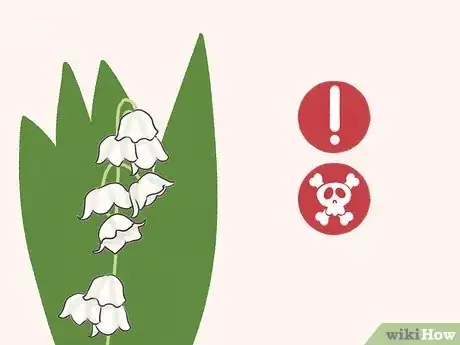This article was co-authored by wikiHow staff writer, Savannah Vold. Savannah Vold graduated from the University of California at Santa Barbara in 2020, earning her B.A. in English with a specialization in Literature and Culture of Information. Passionate about accessibility and fostering a love for the arts, she started her literary, arts, and culture-based website, The Executant. At wikiHow, Savannah feels fortunate to learn about new and exciting topics daily and is driven to empower anyone, anywhere, by providing accurate and engaging knowledge.
There are 8 references cited in this article, which can be found at the bottom of the page.
This article has been viewed 3,342 times.
Learn more...
Lily of the Valley was first imported from Japan all the way back in the middle ages, and ever since, this fragrant, elegant flower has remained a popular choice in gardens and gift-giving. With hundreds of years worth of tradition and symbolism, this flower is simply blooming with meaning! In this article, we’ll tell you all about its rich history and what it means to give and receive them.
Things You Should Know
- The Lily of the Valley is generally regarded to represent a return of happiness.
- Lily of the Valley is also symbolic of motherhood, humility, and virtue due to its connection with the Virgin Mary.
- Lily of the Valley is historically associated with May Day and is given as a symbol of good luck and prosperity.
Steps
References
- ↑ https://www.almanac.com/content/may-birth-flowers
- ↑ https://www.almanac.com/content/may-birth-flowers
- ↑ https://udayton.edu/imri/mary/m/may-flowers.php
- ↑ https://extension.psu.edu/programs/master-gardener/counties/luzerne/news/2021/may-birth-flower-lily-of-the-valley.
- ↑ https://extension.psu.edu/programs/master-gardener/counties/luzerne/news/2021/may-birth-flower-lily-of-the-valley
- ↑ https://www.almanac.com/content/may-birth-flowers
- ↑ https://www.almanac.com/content/may-birth-flowers
- ↑ https://finland.fi/life-society/iconic-finnish-nature-symbols-stand-out
- ↑ https://perfumesociety.org/forgotten-flowers-lily-of-the-valley-_-a-fascinating-history-why-perfumers-love-it-now/
- ↑ https://perfumesociety.org/forgotten-flowers-lily-of-the-valley-_-a-fascinating-history-why-perfumers-love-it-now/
- ↑ https://perfumesociety.org/guerlains-divine-muguet-lily-of-the-valley-the-flower-of-may-our-birthday/
- ↑ https://extension.psu.edu/programs/master-gardener/counties/luzerne/news/2021/may-birth-flower-lily-of-the-valley
- ↑ https://csuvth.colostate.edu/poisonous_plants/Plants/Details/123
- ↑ https://www.almanac.com/content/may-birth-flowers
- ↑ https://extension.psu.edu/programs/master-gardener/counties/luzerne/news/2021/may-birth-flower-lily-of-the-valley.
- ↑ https://udayton.edu/imri/mary/m/may-flowers.php





































































